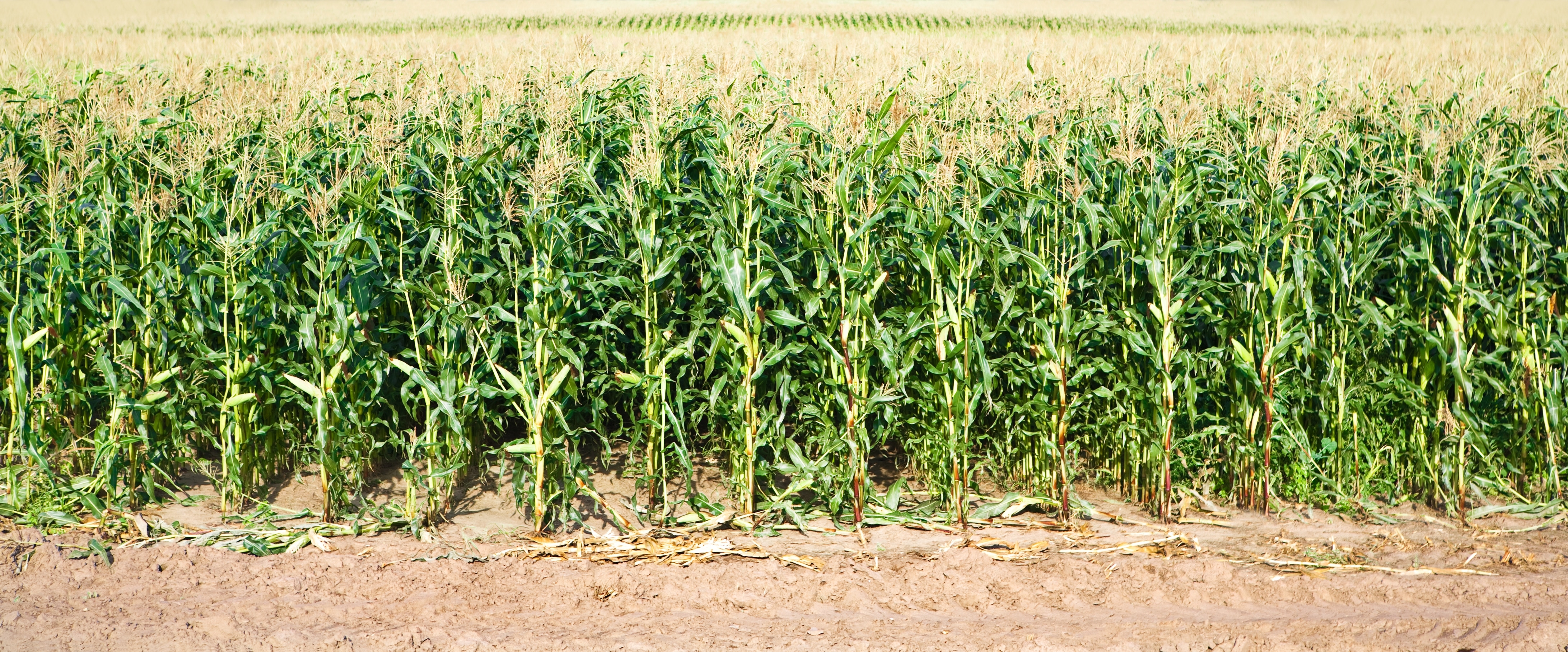fjfnewswp2324234234342018-06-20T19:08:33+00:00
President Donald Trump’s aides are looking at ways to use the Commodity Credit Corporation (CCC), a division of USDA created in 1933, to offer a financial backstop for farmers. Another option is “Section 32” funds. The possible aid would be a way to protect farmers if China and/or other countries officially implement tariffs on U.S. agricultural products.
The following is analysis from Pro Farmer Washington Analyst Jim Wiesemeyer. For complete details on proposed plans to provide farmer support to offset losses from tariffs and daily updates on policy action, subscribe at ProFarmer.com.
CCC can borrow up to $30 billion from the Treasury Department and extend that money to farm groups. If U.S. farmers see orders from China plummet because both countries create new layers of tariffs on imports, the White House previously said it wants to set up an assistance program for the U.S. ag sector, including the livestock industry, row crop producers and fruits and vegetable farmers impacted.
The White House is considering several options.
For example, USDA could direct the CCC to purchase soybeans to buoy farmers’ revenues. The CCC is able to assist through loans, purchases, payments and other operations. The CCC Act also authorizes the sale of agricultural commodities to other government agencies and to foreign governments and the donation of food to domestic, foreign, or international relief agencies.
Another option: Section 32 funds. Congressional lawmakers in the fiscal year 2018 March omnibus budget removed earlier restrictions on the CCC’s activities. The change overturned years that had kept the CCC from supporting prices of agricultural goods.
The last time Section 32 funds were used was right before 2010 elections, pushed by then Sen. Blanche Lincoln (D-Ark.). Lincoln at the time sought congressional support for $1.5 billion in disaster payments for her fellow Arkansas farmers and others around the country. But it wasn't passed by Congress after five attempts. President Barack Obama's Chief of Staff Rahm Emanuel then promised he would find a way. USDA was able to round up about half the funds to direct some extra assistance to Lincoln's state as well as a few select others. The USDA disaster aid, paid for out of USDA’s “Section 32” funds, included $550 million in relief for weather related crop losses in 2009, $60 million in payments to producers who lost poultry contracts in the 2008 bankruptcy of Pilgrim’s Pride, and $20 million for the aquaculture industry who suffered high feed costs in 2009. Eligible commodities at the time were limited to upland cotton, rice, soybeans and sweet potatoes. Also, eligible counties were those designated primary disaster counties due to high precipitation or moisture conditions in 2009. Producers who certified to at least a 5% loss in 2009 received a payment based on a pre-determined payment rate multiplied by the actual planted (or prevented planted) acres that they had on file with the Farm Service Agency.
As for the current situation, President Trump “has directed the Secretary (of Agriculture) to use the authorities he has to protect farmers,” USDA said in a previous statement. “It wouldn’t be prudent to give away our playbook and let China know exactly how we would plan to mitigate what they have threatened. But we can say this: we will not allow our agricultural producers to bear the brunt of China’s retaliation, as we defend our own interests as a nation,” USDA Secretary Sonny Perdue said.
The topic could find its way into the late days of a new farm bill. Senate Ag Chairman Pat Roberts (R-Kan.) in March said that he and Sen. Debbie Stabenow (D-Mich.), the panel's ranking member, agree that Congress will likely have to come up with some form of assistance for farmers who lose business because of Chinese retaliation. “If we continue down this road, we may have to consider some kind of payment on a case-by-case basis," Robert said. Roberts floated the idea of calling such aid “Trump Tariff Payments,” or TTP.
As for the topic of direct payments, there is really nothing in the CCC Charter Act that authorizes direct payments for income support. The Charter Act is old enough that the tools it includes pre-date the 1996 reforms, so it is focused on price support, etc. But the USDA secretary can get creative, contacts advise, noting he could undertake a lot of activities that constitute “expansion of domestic markets” or “marketing facilities” for example. Thus, a lot will come down to how creative Perdue's lawyers get. Note that these limitations apply only to CCC. For Section 32, the method of support isn’t really constrained (just the funding available as noted previously).
RESTRICTIONS
Section 32 is a permanent appropriation that since 1935 has set aside the equivalent of 30% of annual customs receipts to support the farm sector through (1) encouraging the export of farm products through producer payments or other means; (2) encouraging the domestic consumption of farm products by diverting surpluses from normal channels or increasing their use by low-income groups; and (3) reestablishing farmers' purchasing power by making payments in connection with the normal production of any agricultural commodity for domestic consumption.
Bottom line: After talking with government and other sources, conclusions drawn: Should aid be needed, USDA would have leeway in several areas. Asked why such aid may not include direct payments, one source responded: “Because that does not 'support the price.' It supports the income of the producer. It’s the pre-1996 vs post-1996 argument of price vs income support. That said, I would make a forceful argument that 'payments' opens the window to direct support because how do you support prices using payments? I’ve never received a good answer on that one…."
But sources within government and the ag sector agree on one thing: It would be far better for President Trump to work out a deal with China and other countries relative to the current tariff battles.








